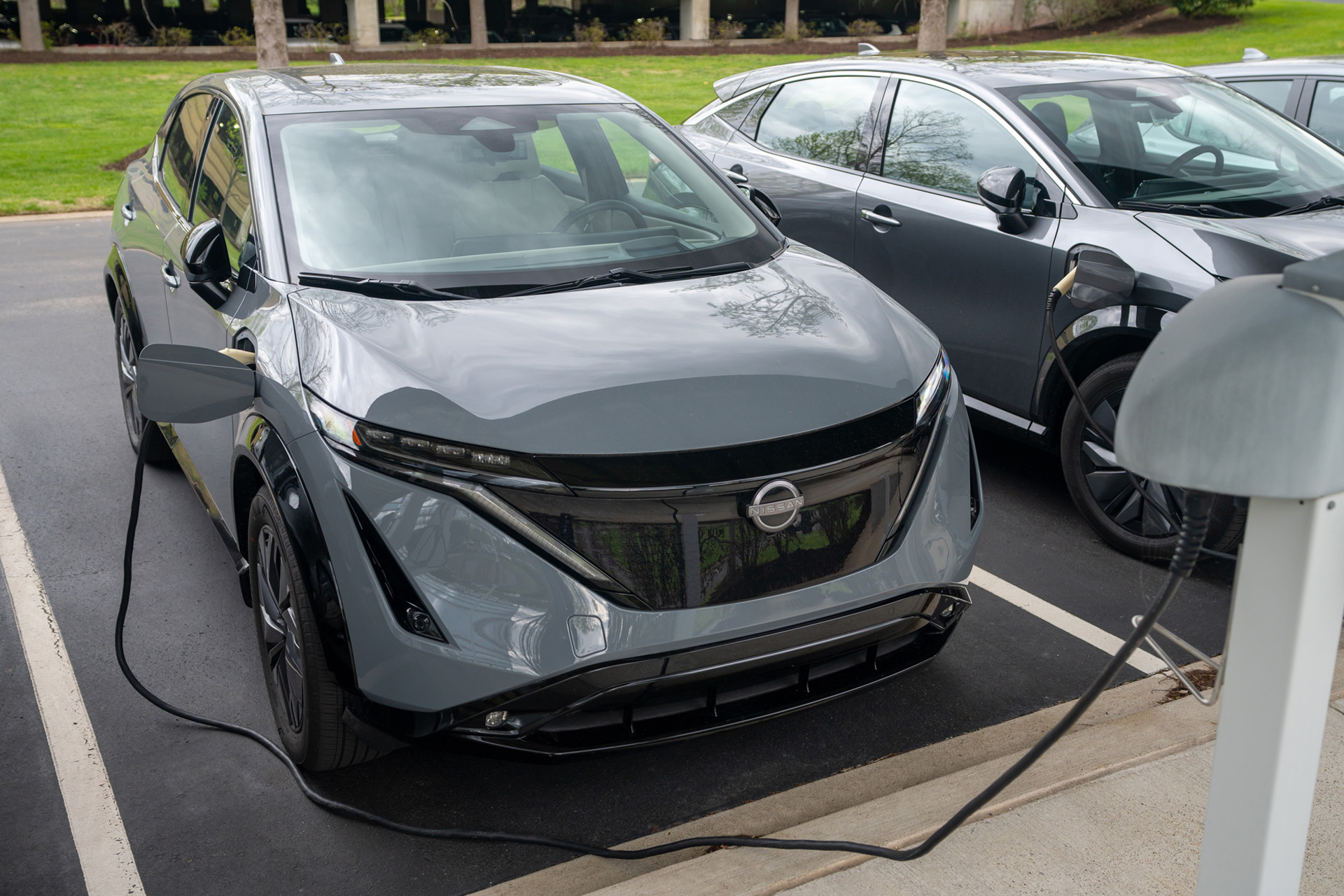Myths About Electric Vehicles
Electric vehicles (EVs) are transforming the automotive industry, offering sustainable and efficient transportation solutions. However, despite their increasing popularity, there are still some prevalent myths surrounding EVs that persist in the public consciousness. Keep reading to learn more about popular EV Myths and why they may not accurately represent the current electric vehicle landscape.
Myth 1: Limited Charging Infrastructure
One common concern among prospective EV drivers is the fear of running out of battery charge with no nearby charging stations. However, the reality is that the EV charging infrastructure is rapidly expanding. Public and at-home charging capabilities have significantly improved, creating a grid of available electric charging locations. Unlike traditional combustion engines, EVs offer the convenience of refueling while at home overnight or during shopping trips near public charging stations.
In the United States alone, there are nearly 50,000 public electric vehicle charging locations, a number that continues to grow consistently. Resources such as the United States Department of Energy Alternative Fuels Data Center provide maps of local and national EV charging stations, facilitating easy access for drivers.


Myth 2: Inconvenient Charging Times
Another misconception is that charging an EV is time-consuming and impractical. In reality, advancements in charging technology have made the process more efficient. There are three main levels of EV chargers: Level 1, Level 2, and Level 3.
- Level 1: Utilizes traditional three-pronged power outlets, providing a slower charging rate suitable for topping up while at work or overnight.
- Level 2: Preferred by most EV owners, Level 2 chargers deliver faster charging through 240 volts of electricity, adding significant mileage per hour of charging.
- Level 3: Also known as DC fast charging, Level 3 chargers are the quickest option, typically found in public stations, capable of adding substantial range in a short amount of time.
Charging times vary based on the level of charger used, with Level 3 chargers capable of adding up to 100 miles of range in just 30 minutes, as demonstrated by models like the Chevy Bolt EV.
Myth 3: High Charging Costs
Some believe that charging an EV is expensive compared to traditional gasoline refueling. While there are costs associated with charging, they are typically lower than fueling a gas-powered vehicle. At-home charging costs depend on your electricity bill, while public charging stations may have set fees per kWh or per full charge. Despite the costs, the overall savings on fuel expenses with EVs are considerable.

Shop & Learn More About EVs with Berlin City
Electric vehicles offer a sustainable and convenient alternative to traditional combustion engine vehicles. With a growing charging infrastructure, faster charging times, and competitive costs, EVs are becoming an increasingly attractive option for drivers worldwide. By dispelling these myths and embracing the benefits of electric transportation, we can accelerate the transition to a greener automotive future.
Electric Vehicle Myths FAQs
Can I charge my electric car at home?
Yes, you can charge your electric car at home using a standard power outlet for Level 1 charging or by installing a Level 2 charger for faster charging times. Many EV owners find it convenient to charge their vehicles overnight while parked at home.
How long does it take to charge an electric vehicle?
Charging times vary depending on the level of charger and the battery capacity of the vehicle. Level 1 charging may take several hours to fully charge a vehicle, while Level 2 chargers can provide a full charge in a matter of hours. Level 3 DC fast chargers offer rapid charging, providing significant mileage in just 30 minutes.
Where can I find electric vehicle charging stations?
Electric vehicle charging stations are becoming increasingly common and can be found at various locations, including public parking lots, shopping centers, and along highways. Online resources such as maps from the Department of Energy Alternative Fuels Data Center can help you locate charging stations in your area.
Are electric vehicles more expensive to maintain?
Electric vehicles typically have lower maintenance costs compared to traditional gasoline-powered vehicles. With fewer moving parts and no need for oil changes, EV owners can save on maintenance expenses over the lifespan of the vehicle.
Can I use a regular power outlet to charge my electric car?
Yes, Level 1 charging utilizes standard power outlets commonly found in homes and workplaces. While Level 1 charging is slower than other options, it can be convenient for topping up your vehicle's battery during longer stops.
Are electric vehicles suitable for long-distance travel?
Yes, many electric vehicles are capable of long-distance travel thanks to the growing network of fast-charging stations along highways. With careful planning and access to Level 3 DC fast chargers, EV drivers can embark on road trips with confidence.
Do electric vehicles produce emissions?
While fully electric vehicles themselves produce zero tailpipe emissions, the emissions associated with charging the vehicle depend on the source of electricity. Charging from renewable energy sources such as solar or wind further reduces the environmental impact of EVs.
Can I charge my electric car in the rain?
Yes, electric vehicle charging is safe in rainy conditions. EV charging stations are designed to withstand various weather conditions, including rain and snow. However, it's essential to follow safety precautions and ensure that all connections are secure during charging.
Let's get moving.
Fill out the form below and one of our team members will get back to you right away to set up a test drive.
